My youngest male troglodyte in Sterkfontein caves
(Cradle of Humankind, world heritage site, Gauteng, South Africa.)
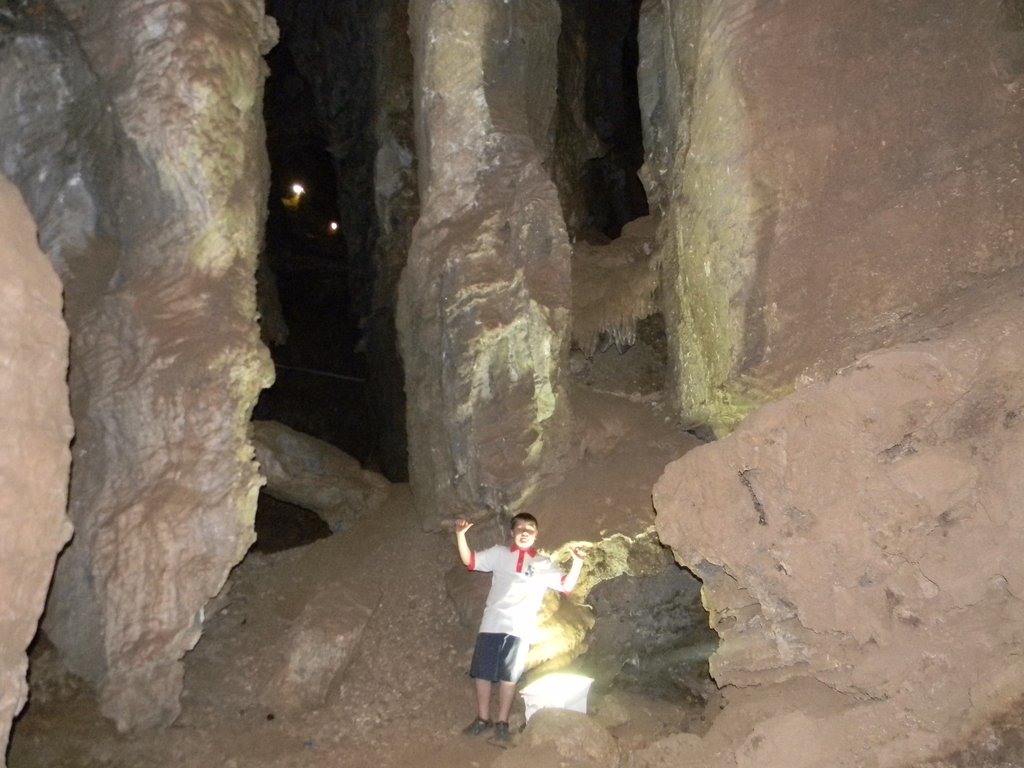
Entering and traveling through the caves
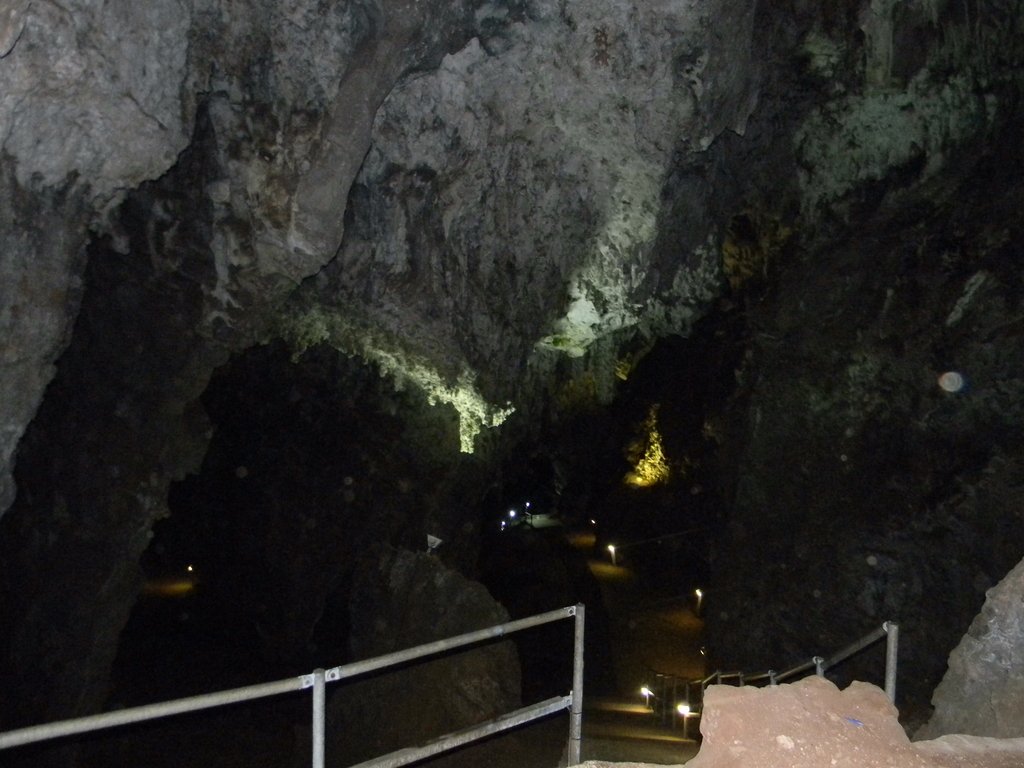
The caves were discovered by calcite miners. Many of the cave formations were mined, damaged and completely destroyed.
So it’s not a very picturesque cave… lots of damaged formations and many have a permanent outer coating of dust from the dynamite blasting.
The limestone and calcite was mined for use in explosives and paint. Much of it went to the early gold mines in South Africa.
It was the mining activities that exposed the fossils and made Sterfontein caves famous even though it is not known how many thousands of fossils the mining activities destroyed.
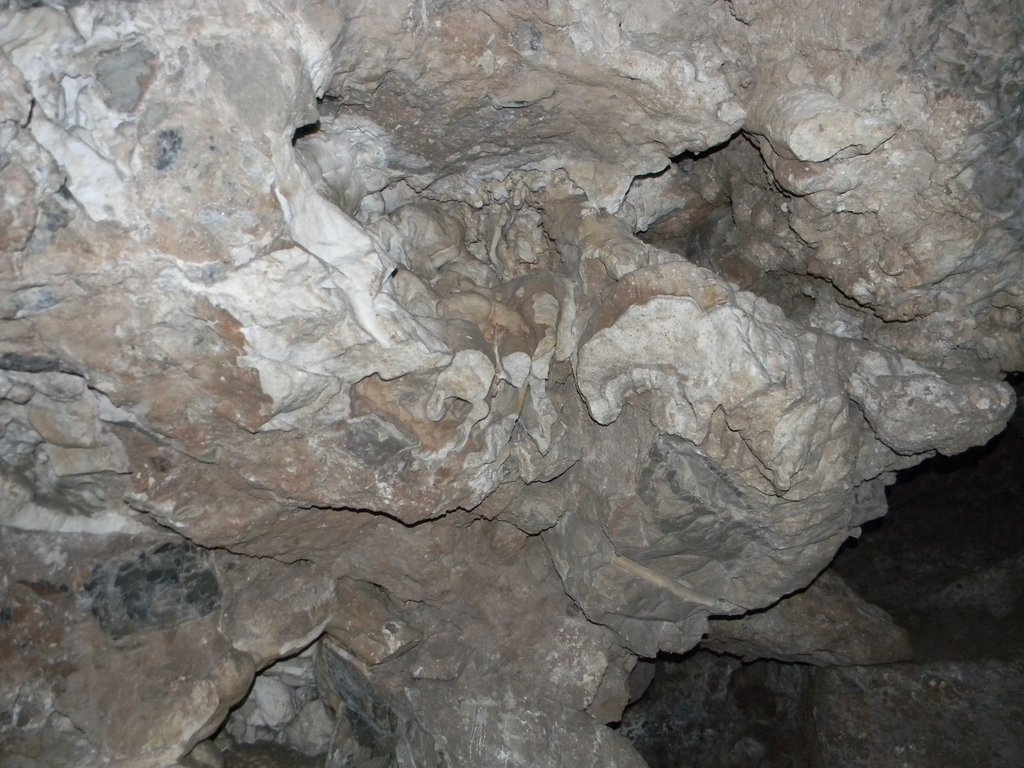
Fossils are found embedded in Breccia.
In this case a mixture of rocks soil, bone etc. that fell down crevices in the roof of the cave. This rubble is then cemented by dripping cave water into a solid rock which fossilizes the bits of bone.
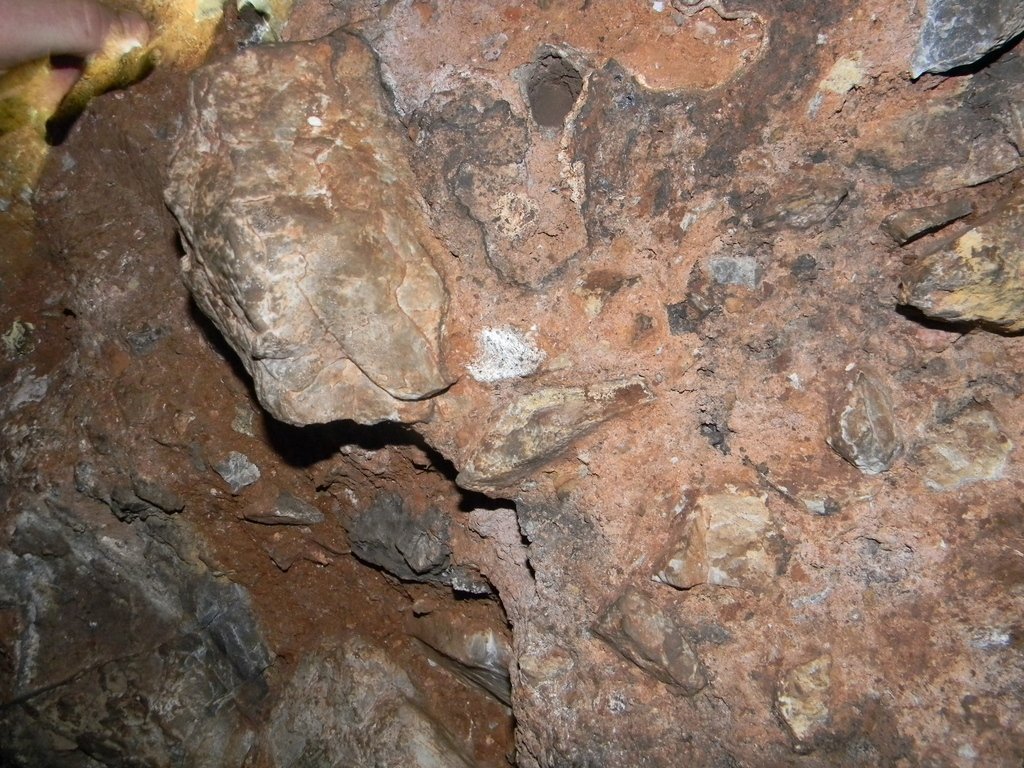
An active excavation site
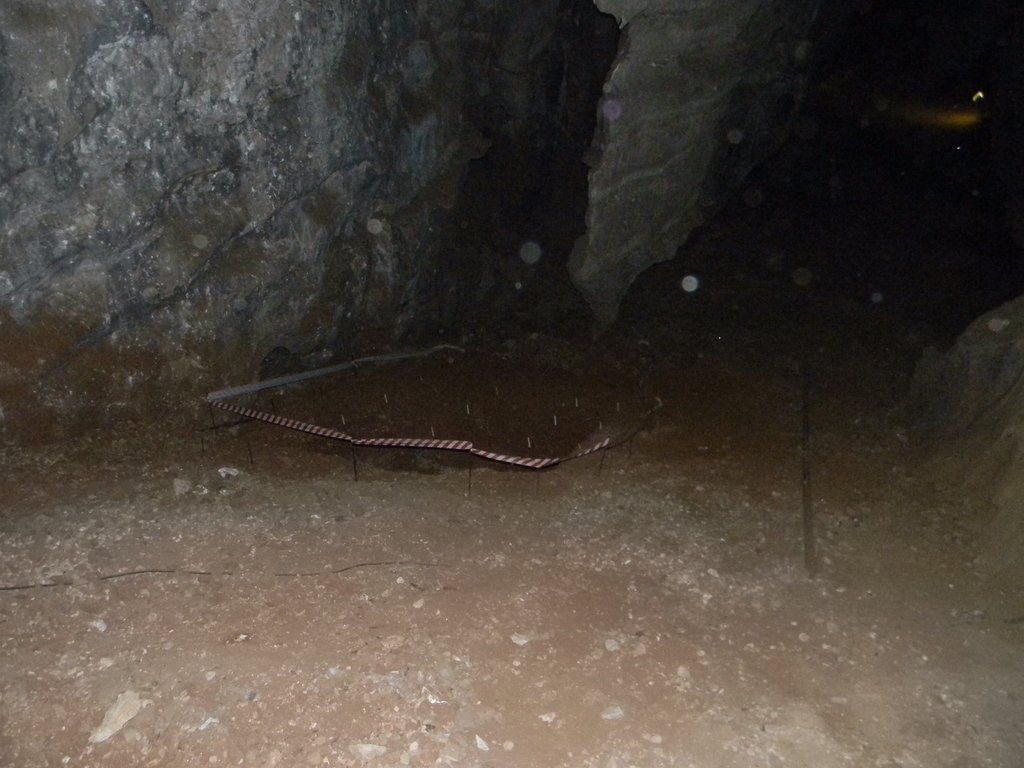
Helictites, very delicate cave formations formed by capillary actions.
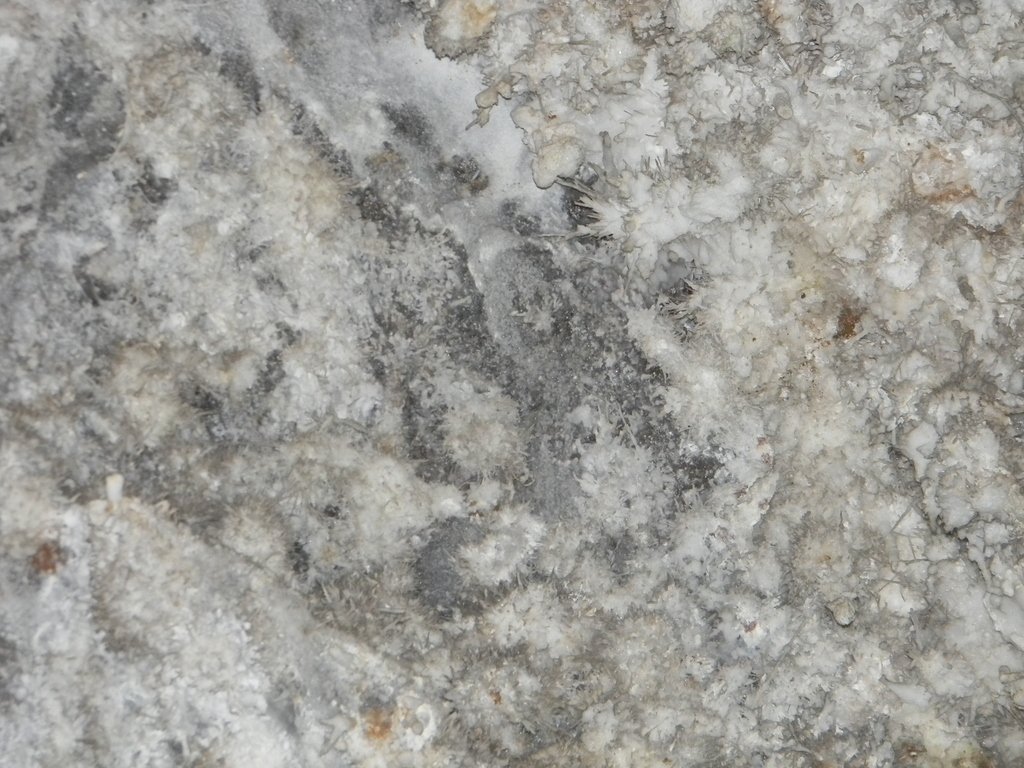
Some undamaged flow-stones coating the side walls of a cavern
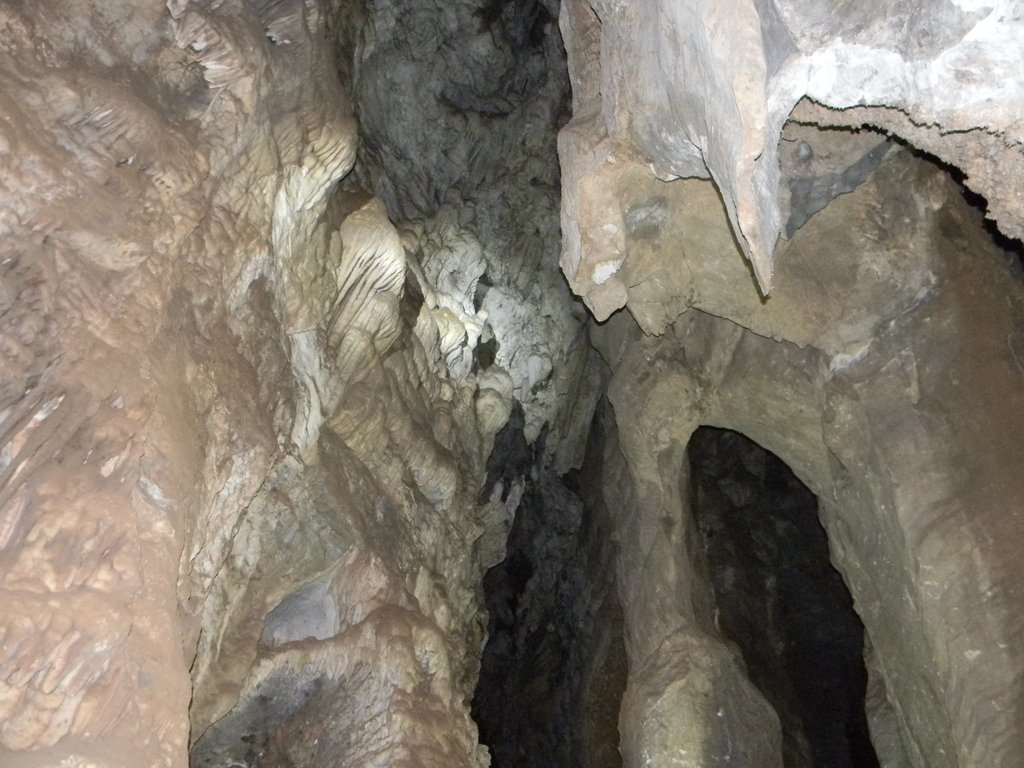
Side passages heading of to areas not accessible to the public
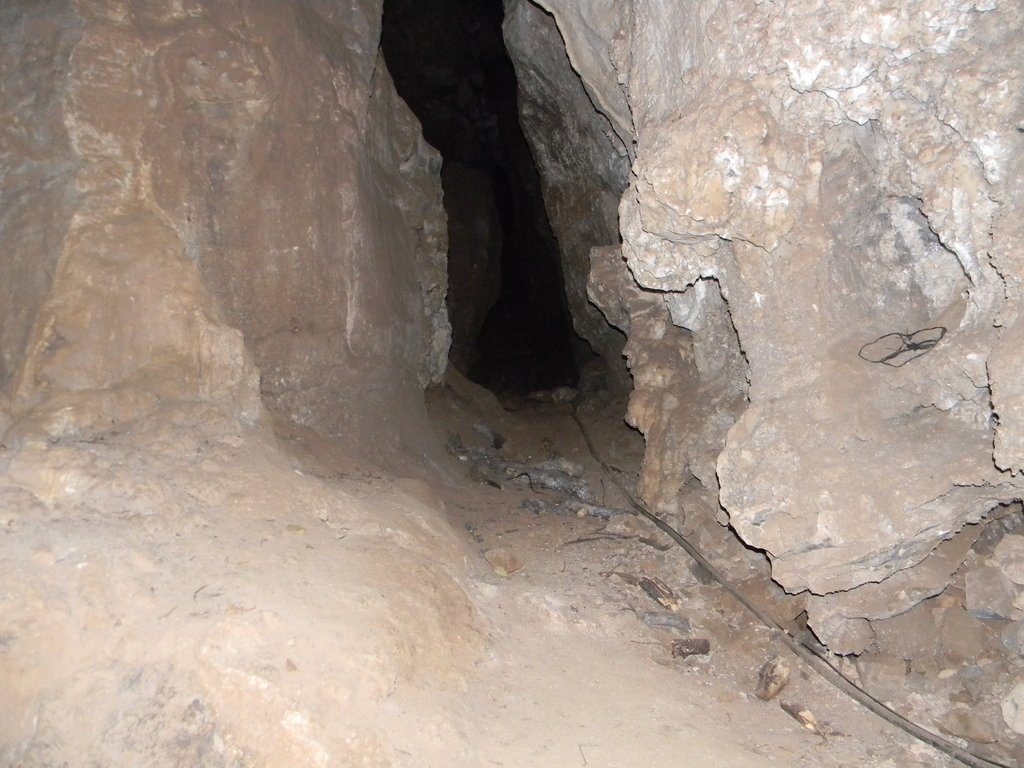
Flow-stone curtains unfortunately covered in grey dust and grit from the miners blasting almost a century ago
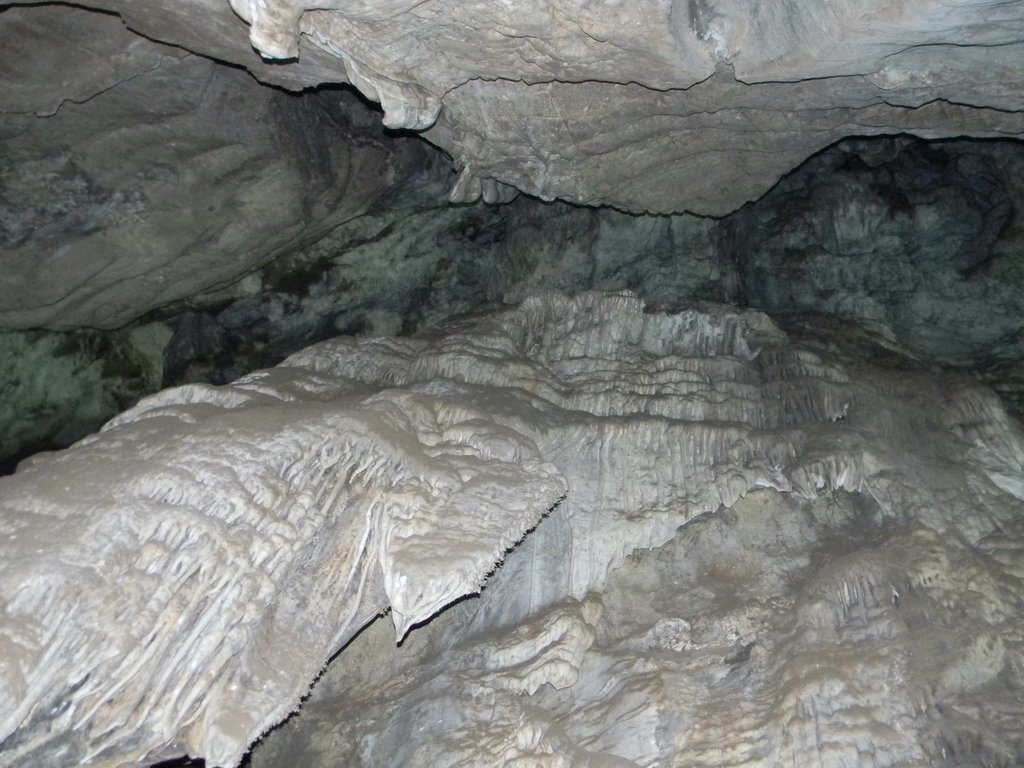
Some interesting undamaged speleothems
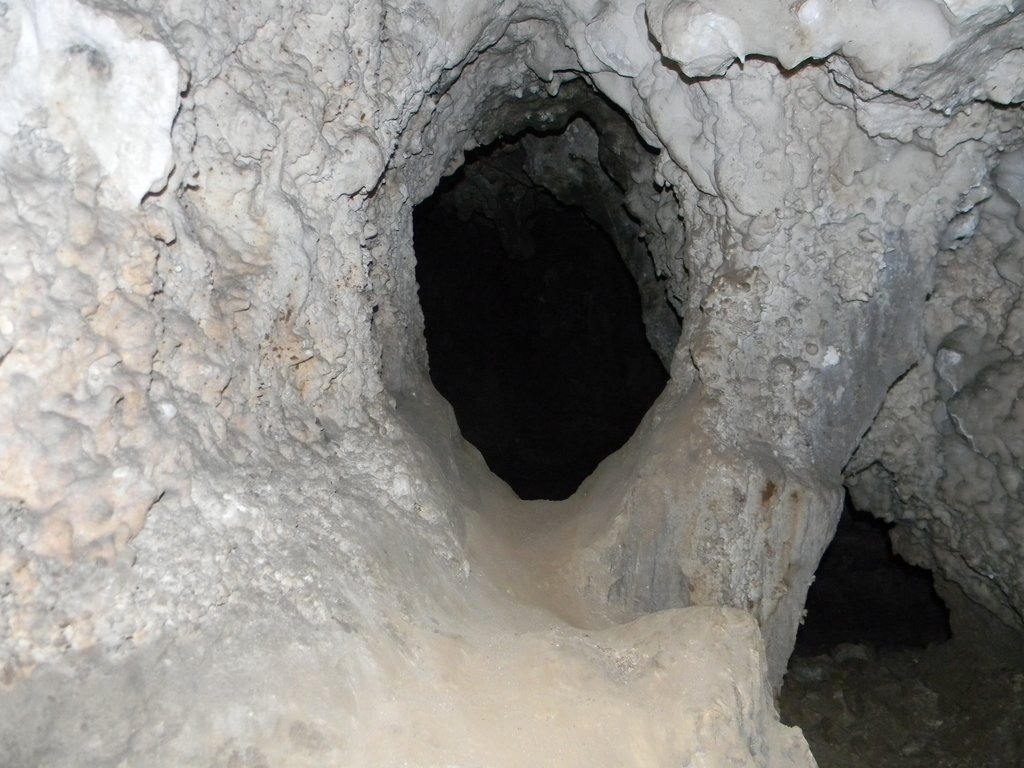
More another day from the surface workings... I need to dig up those pictures.
